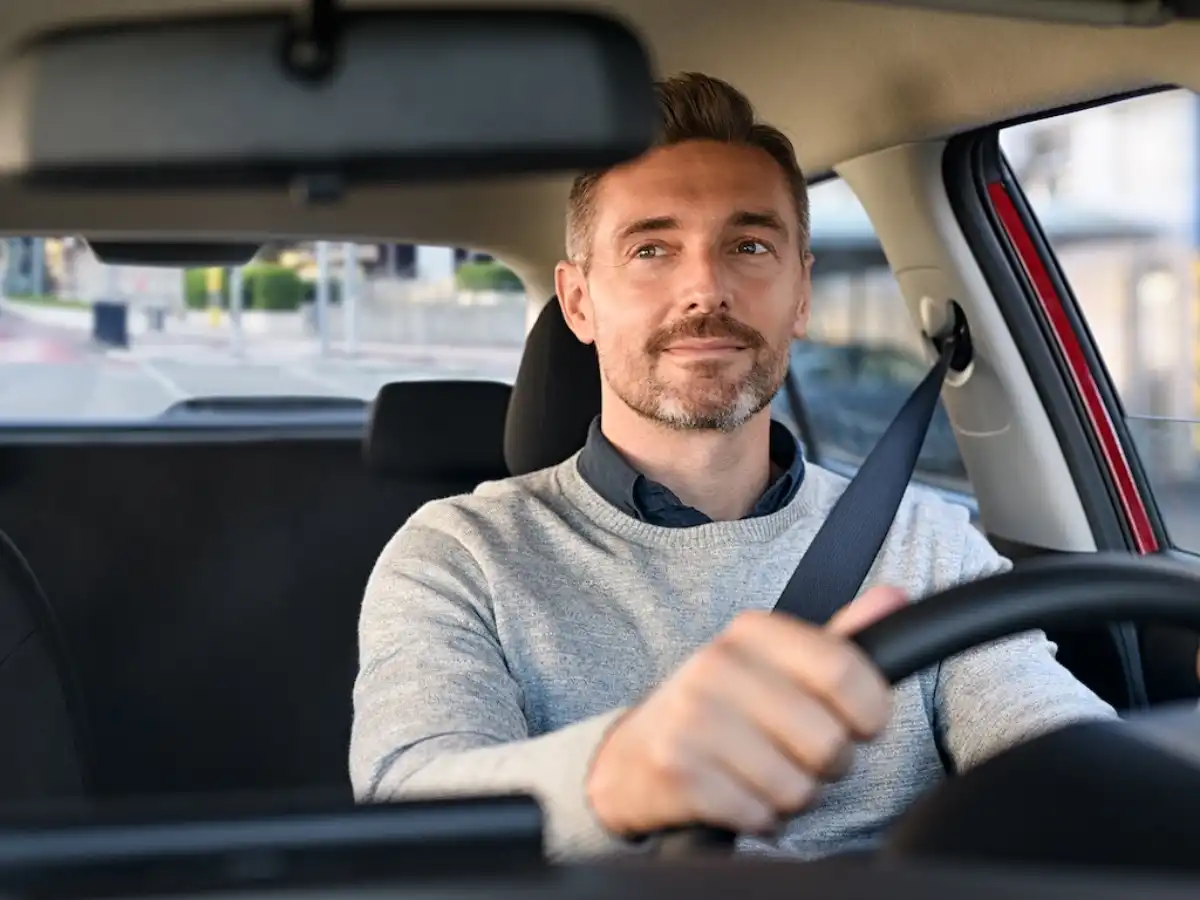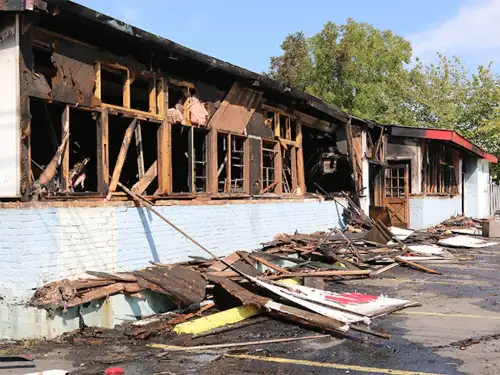This is where hired and non-owned auto insurance comes in. This often-overlooked coverage helps protect your business from liability when vehicles your employees use for work aren’t on your official company policy.
What Do “Hired” and “Non-Owned” Mean?
Hired Autos
These are vehicles your business rents, leases, or borrows from someone outside your organization, like a rental car company.
Say you rent a car for a business trip, and your employee is involved in an accident. Your business could be held legally responsible if someone is injured or property is damaged. That’s where hired auto coverage steps in.
Non-Owned Autos
This exposure is the most common and often surprises a lot of business owners.
A non-owned auto is a personal vehicle an employee uses for work. Here are some everyday examples:
- An admin uses their car to make a bank deposit for your business
- A salesperson uses their vehicle to visit clients
- An employee receives a car allowance instead of driving a company vehicle
If that employee is in an accident while driving for work, your business could be pulled into the claim, even if you had no control over the vehicle or insurance. Additionally, if their personal auto policy has low limits or has lapsed, your business could be on the hook for the difference.
What Does Hired and Non-Owned Auto Insurance Cover?
This type of insurance provides liability protection for your business, not the driver or the vehicle itself. Here's what liability protection helps with:
- Property damage and bodily injury caused during a work-related accident
- Legal defense costs if your business is sued for negligence
Hired and non-owned auto insurance does not cover collision or repair costs for the employee’s or rental vehicle. It’s usually added as an endorsement to your general liability policy, which makes it easy to include in your broader business insurance plan.
Why Hired and Non-Owned Auto Insurance is Worth a Closer Look
Even responsible employees can run into issues; when they do, your business could be caught in the middle. Some common scenarios include:
- The employee’s insurance has expired or been canceled
- They carry state minimum coverage, and it doesn’t go far enough
- Their vehicle wasn’t properly maintained, and that contributed to the accident
- Their driving record has red flags
- Your company doesn’t have any written policy around personal vehicle use
Ultimately, this coverage isn’t about pointing fingers—it’s about making sure your business isn’t left exposed when the unexpected happens.
Minimize Risk with the Right Controls
The best protection is a combination of proper insurance and proactive planning. Here are ways you can lower your business’ risk:
- Make sure employees who drive for work maintain active, adequate personal auto insurance
- Set clear vehicle maintenance and driver safety policies
- Screen driving records when assigning employees to drive on company business
- Include hired and non-owned auto insurance in your coverage plan
Don’t Let a Coverage Gap Put Your Business at Risk
Talk to your Leavitt Group Texas Select advisor today to determine if your current general liability policy includes hired and non-owned auto coverage and whether it’s enough to protect your operations.
Peace of mind is just a conversation away.





